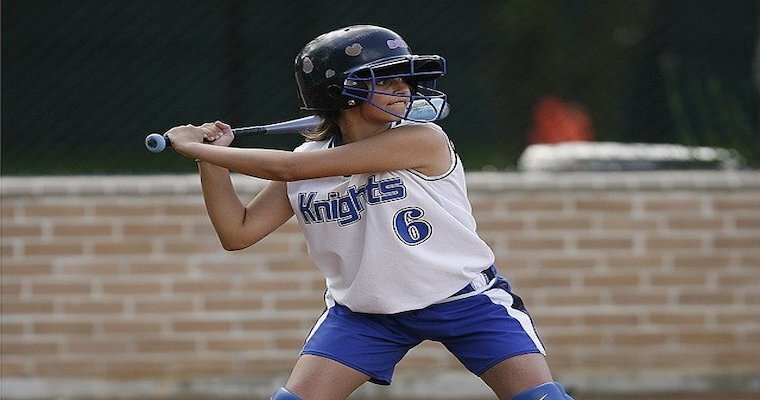
Arousal, defined as the level of neural excitation (Malmo, 1959) may be increased with activation of the autonomic nervous system during an emotion. There are two major approaches to explaining the arousal-performance relationship that have been applied to sport; Drive Theory and the Inverted U-Hypothesis.
Drive Theory was outlined by Hull (1943) and then later modified by Spence (1956) and sometimes referred to as the Hull-Spence theory of behaviour (Spence, 1956). It was originally proposed to explain the relationship between complex tasks and arousal, although it has also been applied to explain the relationship between simple tasks (equivalent to complex tasks that are well-learned) and arousal as well. Performance (P) is a multiplicative function of Drive State (D) and habit strength (H). That is:
P (Performance) = D (Drive State) x H (Habit Strength)
For well-learned tasks there is a positive linear relationship between arousal and performance. Drive Theory has been used to explain behaviour in stressful settings, perhaps most notably by Zajonc (1965) who adopted Drive Theory to explain social facilitation. Zajonc suggested that the facilitating effects of an audience occurred with tasks that were simple or well-learned, while decrements in performance occurred with tasks that were complex or novel. This occurred because the presence of others can increase an individual's arousal – and that this state of heightened arousal increases the likelihood of the performer’s dominant response tendency. In other words, the presence of others increases the tendency to perform dominant responses and at the same time decreases the tendency to perform non-dominant responses. If the dominant response is the most appropriate (correct) response in a particular situation, then social facilitation will occur and people will perform better when others are present as compared to when perform the same task alone. So a skilled juggler will perform well in the presence of others whereas someone who is just learning to juggle may perform reasonably in solitary practice but perform worse when he comes to demonstrate his skill in front on others.
Despite Zajonc’s adoption of drive theory to explain social facilitation the literatures does not really provide support for the central tenet of Drive Theory. For example in a review of 18 studies Martens (1971) found only three of the 18 studies supported the predictions of Drive Theory. In addition Martens suggested that determining habit hierarchies was very difficult. To explain it is difficult to know when a task becomes so well learned that arousal will always have a positive influence on performance. Perhaps more damagingly there are many examples of excessive arousal disrupting performance so the face validity (does it makes sense?) of the theory does not appear to hold (e.g., excessive arousal may be disruptive in highly skilled professional athletes).
That said Oxendine (1984) did suggest that a linear relationship may exist for gross motor activities. So Drive Theory may hold for task where power is required but co-ordination is not needed. Anecdotally this would make sense but determining when an activity relies solely on power is difficult. For example, even tasks like scrummaging in rugby or weightlifting require co-ordination and the ability to process information. In short, there seems limited evidence for Drive Theory in sport (Zaichkowsky & Baltzell, 2001).
Image
Image by Keith Johnston from Pixabay
Selected References
Martens, R. (1971). Anxiety and motor behaviour. Journal of Motor Behavior, 3, 151-179.
Spence, K. W. (1956). Behavior theory and conditioning. New Haven, CT: Yale University Press.
Zaichkowsky, L. D., & Baltzell, A. (2001). Arousal and Performance. In R. N. Singer, H. A. Hausenblas, C. M. Janelle (Eds.), Handbook of research on sport psychology, (pp. 319-339). New York: John Wiley and Sons.
